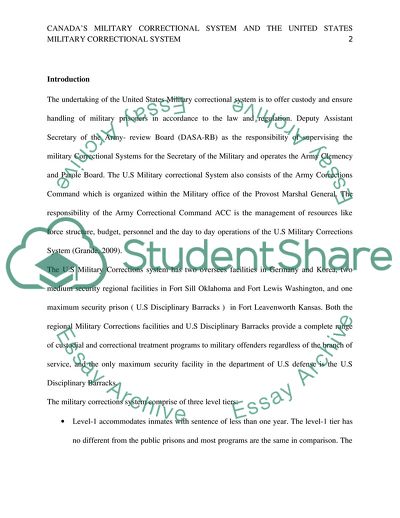Cite this document
(Comparison between Canadas Military Correctional System and the United Research Paper, n.d.)
Comparison between Canadas Military Correctional System and the United Research Paper. Retrieved from https://studentshare.org/military/1787788-comparison-between-canadas-military-correctional-system-and-the-united-states-military-correctional-system
Comparison between Canadas Military Correctional System and the United Research Paper. Retrieved from https://studentshare.org/military/1787788-comparison-between-canadas-military-correctional-system-and-the-united-states-military-correctional-system
(Comparison Between Canadas Military Correctional System and the United Research Paper)
Comparison Between Canadas Military Correctional System and the United Research Paper. https://studentshare.org/military/1787788-comparison-between-canadas-military-correctional-system-and-the-united-states-military-correctional-system.
Comparison Between Canadas Military Correctional System and the United Research Paper. https://studentshare.org/military/1787788-comparison-between-canadas-military-correctional-system-and-the-united-states-military-correctional-system.
“Comparison Between Canadas Military Correctional System and the United Research Paper”. https://studentshare.org/military/1787788-comparison-between-canadas-military-correctional-system-and-the-united-states-military-correctional-system.


